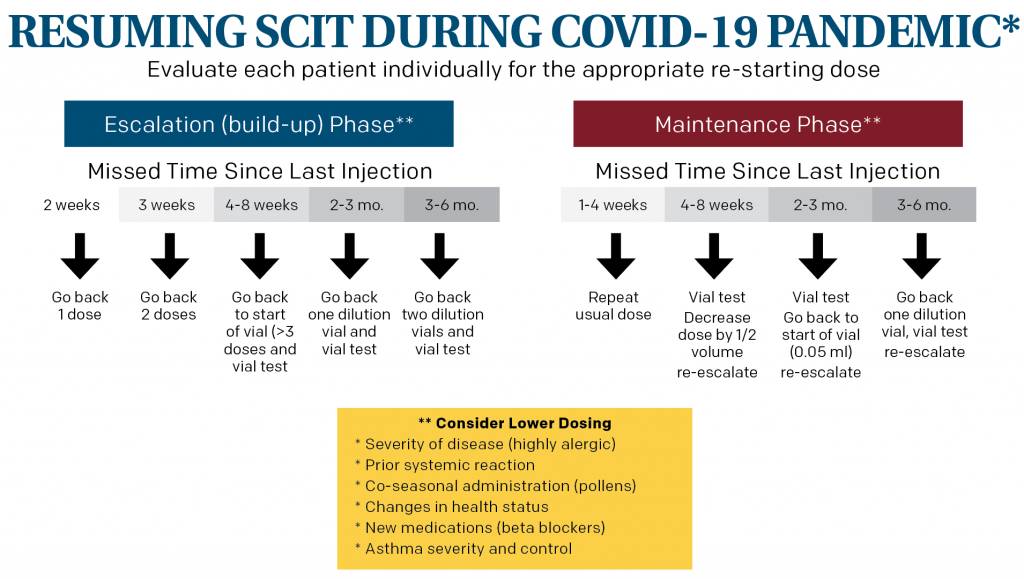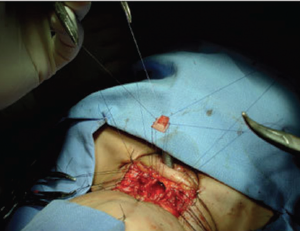Here are key practices providers should focus on to create a safer, more stable environment for patients while remaining vigilant for a COVID-19 resurgence.


Here are key practices providers should focus on to create a safer, more stable environment for patients while remaining vigilant for a COVID-19 resurgence.

Masks, Plexiglas shields at check-in counters, and telemedicine are the new normal in otolaryngology, physicians say.

Otolaryngology practices these practices need to consider how best to re-engage their allergy immunotherapy patients, including answering: Which services to start with? Which patients? Which procedures?

A naval aviator’s personal tragedy motivated him to push for improvements in patient safety.

Physicians consider how changes to their teams and systems could reduce medical errors.

In his talk at the American Academy of Otolaryngology-Head and Neck Surgery Annual Meeting, Dr. Shah addressed how physicians need to rely on systems to mitigate risk.

Joseph H. Ogura lecturer says the goal of patient safety initiatives should be prevention, not punishment.

The first clinical consensus statement on balloon dilation of the sinus indicates that the procedure is appropriate for patients with sinonasal symptoms and positive findings on CT scan.

Resident Research Award winners cover topics ranging from new procedures to the state of otolaryngology research to attempts to perfect the use of gum in cancer prevention.

Healthy competition may change physician behavior—for the better